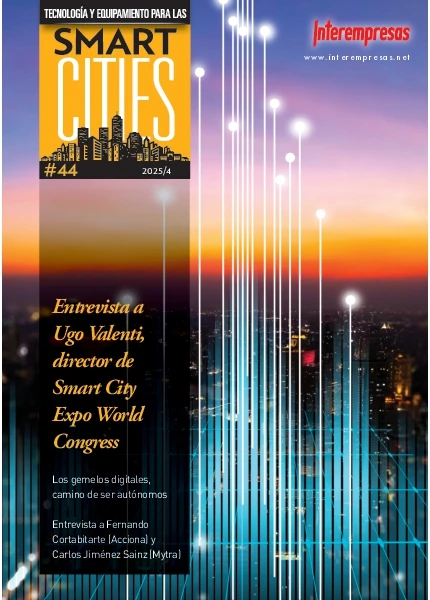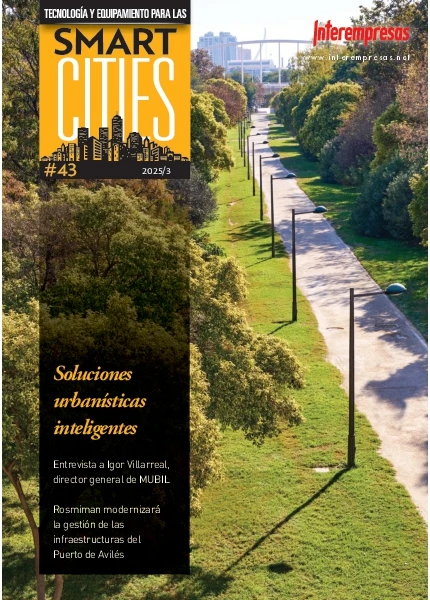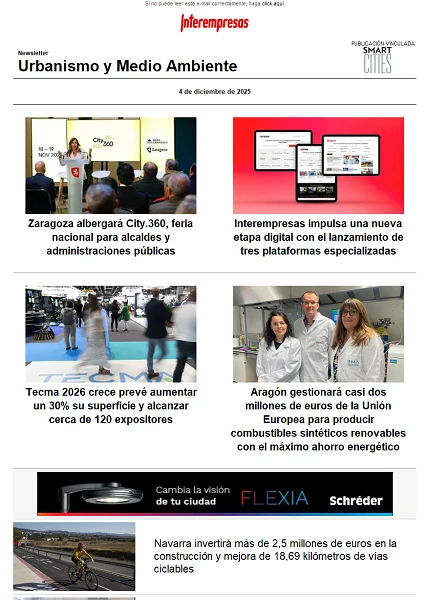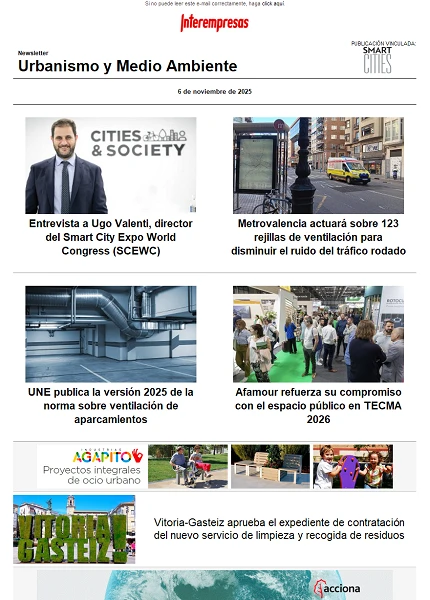La UPC diseña una innovadora escalera mecánica accesible para todo tipo de usuarios
15 de junio de 2009
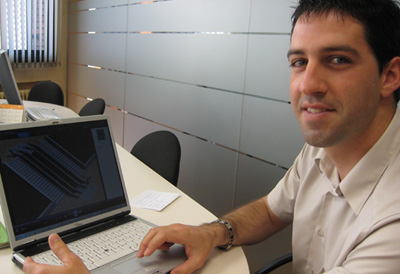
Poder salvar cómodamente un desnivel con una escalera mecánica en un gran almacén, en la ciudad... A las personas con movilidad reducida (PMR), como a las que se mueven en silla de ruedas, las personas mayores, las que llevan cochecitos de bebé o las que se desplazan con cargas voluminosas, las escaleras mecánicas convencionales no solucionan del todo sus problemas de accesibilidad. Para estos usuarios, las escaleras mecánicas actuales no dejan de ser un obstáculo más que tienen que superar con la ayuda de otras personas, con gran esfuerzo y pérdida de tiempo. El estudiante de la ETSEIAT Jesús Sánchez, dirigido por el profesor David Huguet, ha desarrollado, en su proyecto de fin de carrera, un nuevo diseño de escalera mecánica pensado para que todo tipo de usuarios la puedan utilizar de manera autosuficiente.
Cómo funciona
El concepto inicial sobre el que ha trabajado Sánchez es similar al diseño actual, pero con una serie de innovaciones muy destacables. Los usuarios sin limitaciones de movilidad podrán utilizar la escalera mecánica sin ninguna diferencia con respecto a las escaleras actuales. Sin embargo, cuando un usuario con movilidad reducida que se desplaza en silla de ruedas necesite utilizar la escalera, podrá hacer que, tras presionar un botón, tres de los escalones se muevan verticalmente y se conviertan en una plataforma plana a la que podrá acceder con su silla de ruedas. Después de que el usuario se haya acomodado en la plataforma de la escalera, con la silla perfectamente colocada, la escalera se pondrá en funcionamiento hasta llegar al final del trayecto. Cuando el usuario abandone la instalación, la plataforma se volverá a convertir en tres escalones independientes.
Sánchez ha pensado también en un sistema con mando a distancia para las personas discapacitadas que, por limitaciones físicas, no pueden apretar el botón de activación de la plataforma. Así, este innovador diseño de escalera incorpora también otros sistemas que hacen posible que la utilicen personas con discapacidades visuales y auditivas, mediante señales acústicas y luminosas.
La seguridad para los usuarios es otro elemento importante. En este sentido, la escalera incorpora un sistema de baterías autónomas que le suministrarán energía en caso de que se produzca un corte de suministro y el usuario se encuentre a medio trayecto. De esta manera el usuario podrá llegar al final sin problemas.
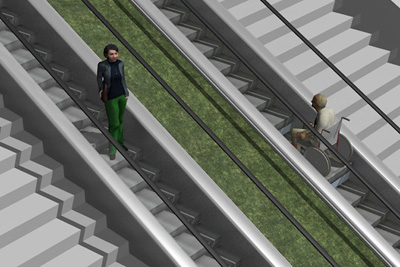
Ahorro energético y de costes
La cinta de escalones que se desplaza entre el nivel más alto y el más bajo, salvando la pendiente, es la misma tanto para subir como para bajar. Es decir, funciona siguiendo un circuito cerrado que se parece a las cintas transportadoras de equipajes de los aeropuertos pero en pendiente, por lo que aprovecha la misma cinta para transportar personas en ambos sentidos. En las escaleras actuales se necesita una instalación para subir y otra para bajar, porque la cinta de escalones sólo contempla un único sentido de desplazamiento.
El sistema de Jesús Sánchez supone un ahorro energético, de costes de instalación y de material. En este sentido, el autor del proyecto calcula que, respecto a las escaleras actuales, se obtiene un 30% de ahorro energético y un 35% de ahorro económico.
“A menudo los ayuntamientos y las empresas piensan en ascensores para dar accesibilidad a las personas discapacitadas con movilidad reducida, pero mi sistema es más económico y sostenible que instalar un ascensor. Se trata de un diseño que soluciona la accesibilidad en zonas con pendientes, en las que la solución actual son las escaleras fijas y donde a menudo es muy costoso, o prácticamente imposible, instalar un ascensor”, afirma Jesús Sánchez.
Un total de 5,6 millones de personas con dificultades de movilidad
Proyectar un diseño de estas características no es superfluo porque en España, según el Instituto Nacional de Estadística (INE), viven actualmente 3,5 millones de personas con algún tipo de discapacidad y 5,6 millones de personas con dificultades para subir y bajar escaleras. A este colectivo se podrían añadir, como beneficiarias, las personas que puntualmente tienen dificultades de movilidad a causa del carro de la compra o del cochecito de bebé.

